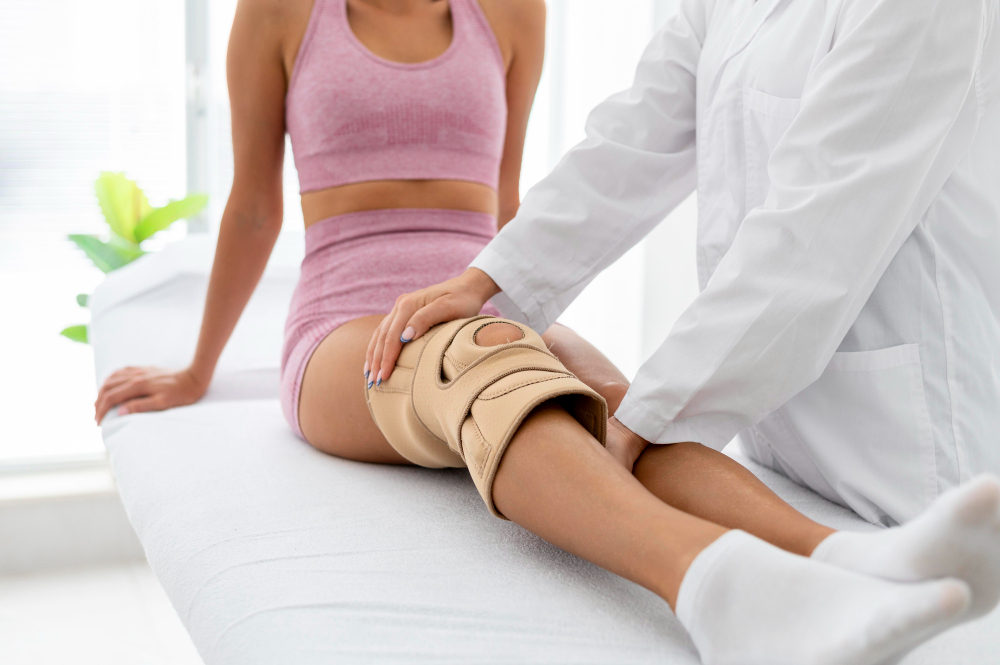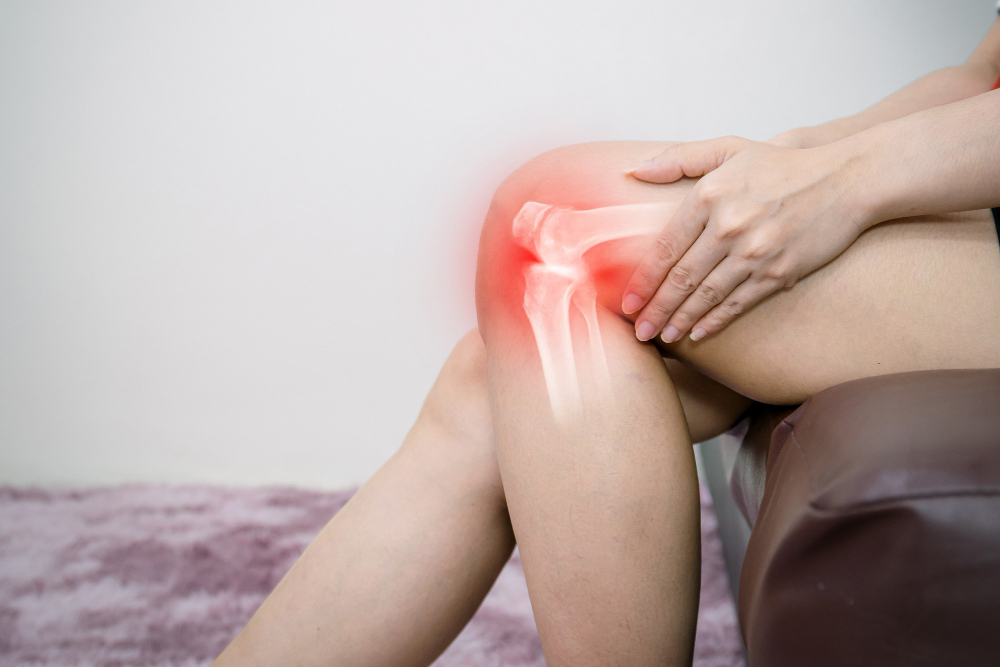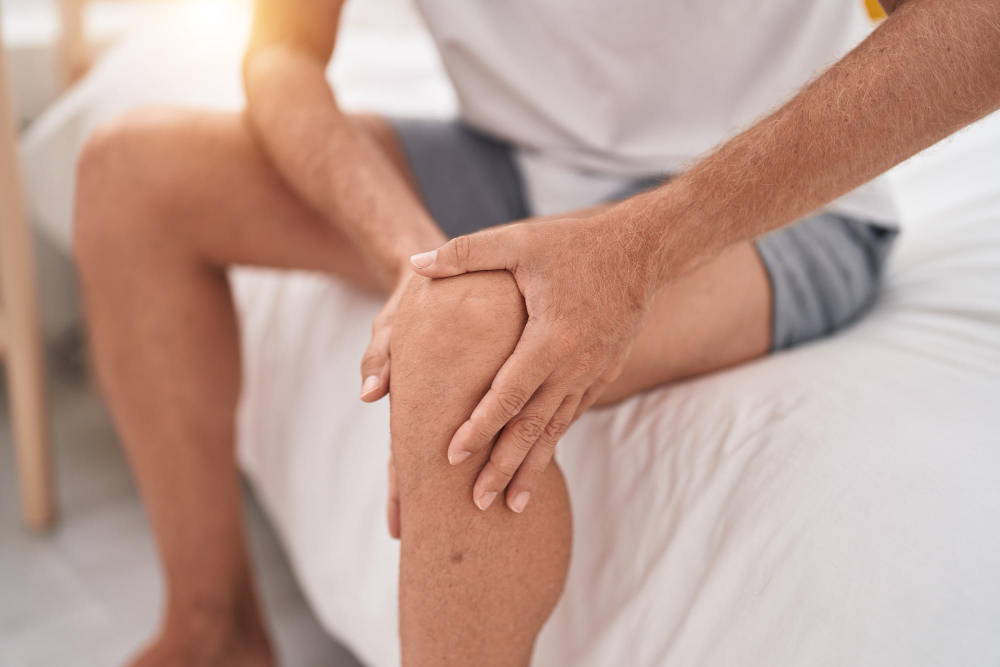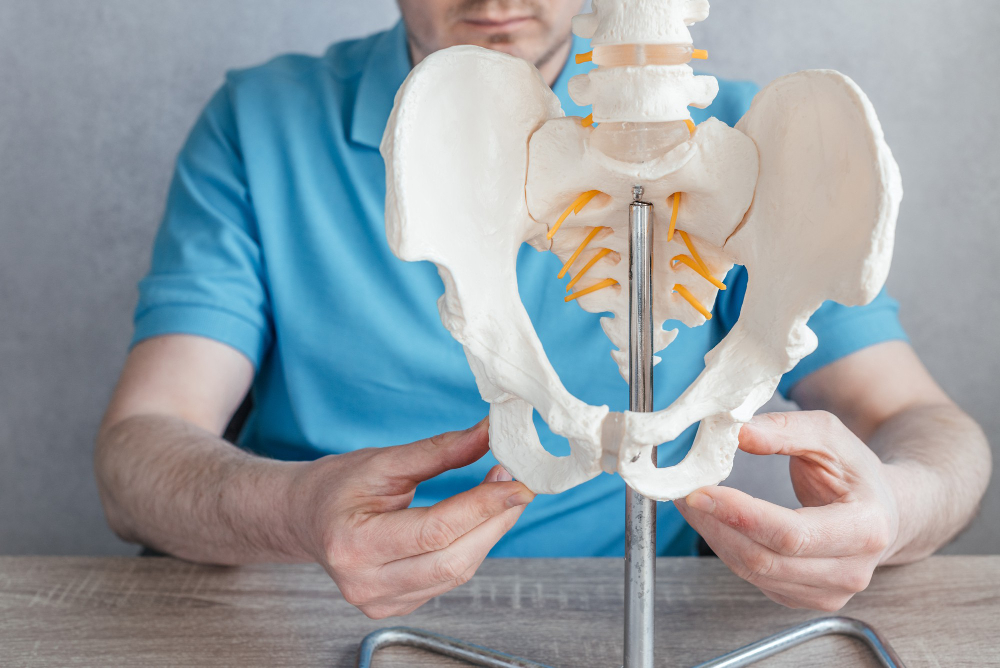Blog Page
| Name |
|---|
Preparing for Elective Hand Surgery: What You Need to KnowAre you scheduled for an elective hand surgery? You might be feeling nervous and wondering what to expect. Elective hand surgery is a procedure that is commonly done to improve hand function, relieve pain, or repair injuries. Proper preparation can help you feel more confident and make the surgery and recovery process smoother. In this blog post, we discuss what you need to know before your elective hand surgery. 1. Pre-surgery preparations ... |
Questions to Ask Your Elbow Doctor to Ensure Better TreatmentIf you're experiencing any discomfort in your elbow, it is important to consult an elbow doctor. Elbow injuries can negatively impact your daily routine and direly affect your job or career. This blog post aims to provide you with some valuable insights into the questions you should ask your elbow doctor. These questions will enable you to determine the best course of treatment and ensure that you receive the most effective care possible. 1. Wh... |
Understanding Shoulder Arthroscopy: A Comprehensive GuideShoulder pain can be a debilitating condition that affects your day-to-day life. Sometimes, conservative treatments like rest and medication may not be enough to alleviate the pain. In such cases, your orthopedic surgeon may suggest a minimally invasive surgical procedure called shoulder arthroscopy. This procedure uses a small camera called an arthroscope, which is inserted into your shoulder joint through a small incision. It allows your surgeon to visualize and repair the ... |
Spinal Fusion Recovery Timeline And ExpectationsSpinal fusion surgery is a procedure to join two or more vertebrae in your spine to prevent movement between them. This procedure is often recommended to individuals with spinal instability, degenerative disc disease, herniated discs, scoliosis, or spinal tumors. However, the recovery process after spinal fusion surgery can take several weeks or months, and patients often wonder what to expect during this time. In this article, we will discuss the spinal fusion recovery timeline and e... |
Understanding Post-Microdiscectomy BruisingIf you're dealing with spinal disc issues, you may have heard of a microdiscectomy. This surgical procedure can help alleviate the pain and discomfort that comes with herniated discs. However, as with any surgical procedure, there are potential risks and complications. One such complication is post-microdiscectomy bruising. In this blog post, we will discuss what post-microdiscectomy bruising is, why it can occur, and what you can do to manage it. What is ... |
Everyday Activities to Avoid with Herniated DiscSuffering from a herniated disc can be a painful and debilitating experience. This condition occurs when the soft center of a spinal disc pushes through a crack in the tougher exterior. When this happens, it often puts pressure on the spinal nerves, leading to symptoms like tingling, numbness, and even weakness in the affected areas. While herniated discs can occur in any part of the spine, they most commonly occur in the lower back (lumbar spine) or the neck (cervical spine)... |
Life After an ACL Tear: What to Expect and How to RecoverA torn ACL can be a daunting injury that requires extensive rehabilitation and lifestyle changes. However, with proper treatment and patience, individuals can return to their pre-injury activities and even strengthen their knee beyond its former capabilities. Whether you have experienced an ACL tear or know someone who has, this article will provide you with insight into what to expect and how to recover. Understanding the Anatomy of Your ACL ... |
Why Proper Care for a Torn Meniscus MattersThe meniscus is a crucial component of our knee joint, located between the femur and tibia bones. It acts as a cushion and shock absorber during daily activities such as walking, running, and jumping. A meniscus tear is a common injury among athletes, especially those who play contact sports such as football or basketball. It can also occur in individuals who perform repetitive motions that strain the knee joint, such as long-distance running or weightlifting. In this blog, w... |
Everything You Need to Know About Knee Cap Pain Causes & TreatmentKnee cap pain, also known as patellofemoral pain syndrome, is a common condition that affects people of all ages. It is characterized by pain around the knee cap, which can be quite debilitating and limit one's mobility. Knee cap pain can be caused by a variety of factors, ranging from overuse to injury and deformities. Fortunately, there are various treatments that can alleviate this type of pain, ranging from simple home remedies to more invasive surgical procedures. &nbs... |
An Overview of Hip Replacement Surgical MethodsHip pain can be debilitating and interfere with daily life. When conservative treatments have failed to provide relief, hip replacement surgery may be necessary. Advances in surgical techniques have made hip replacement surgery safer and more effective than ever before. In this blog post, we'll provide an overview of hip replacement surgical methods. 1. Traditional Total Hip Replacement This is the standard method of hip replacement ... |
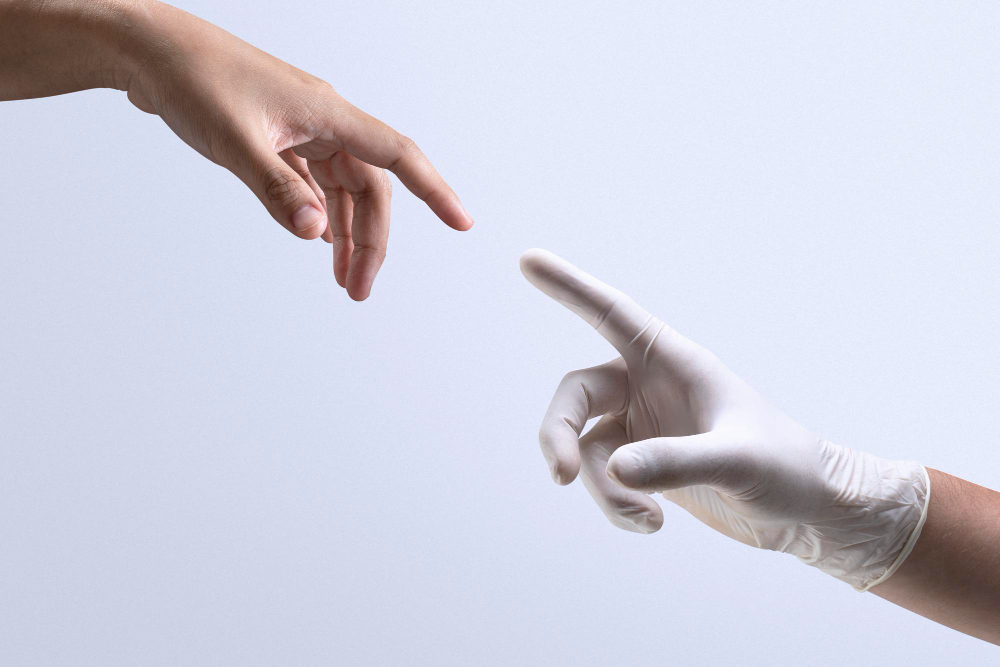

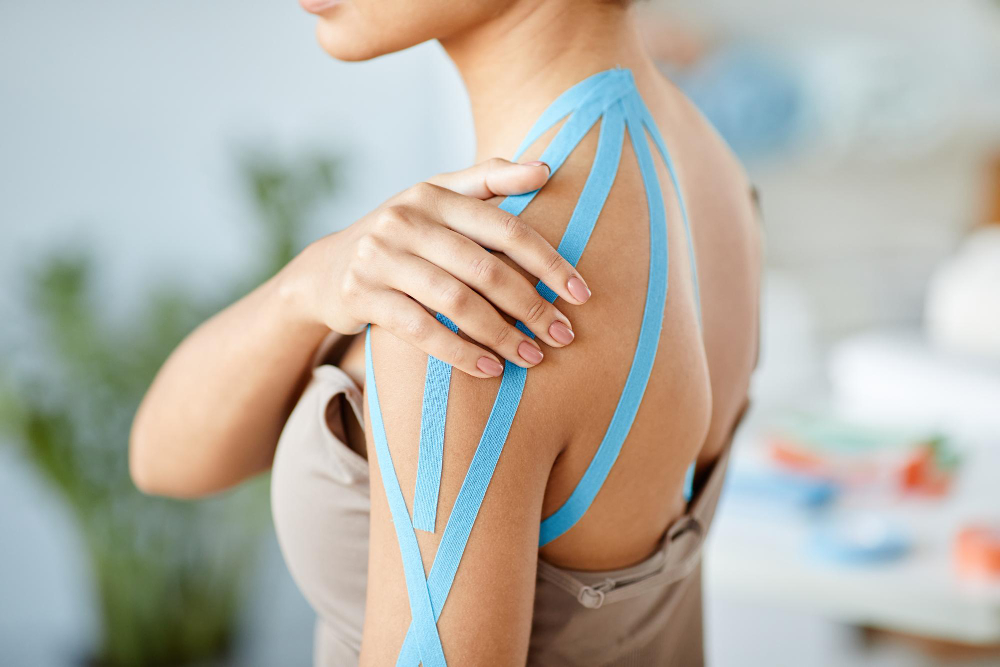
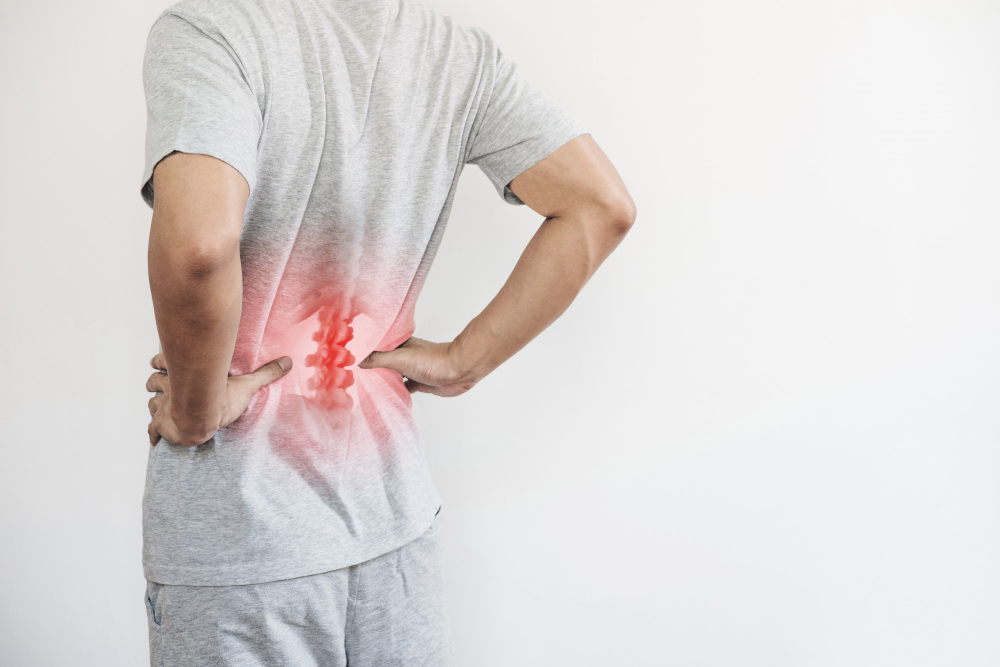
.jpg)

